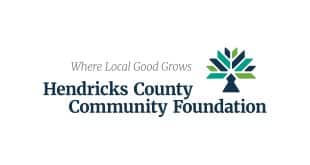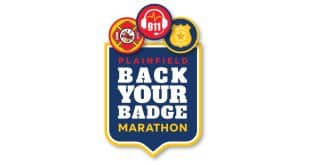Sharing the road safely with school buses
School buses are one of the safest forms of transportation on the road today. In fact, according to the National Highway Traffic Safety Administration, riding a bus to school is 13 times safer than riding in a passenger vehicle and 10 times safer than walking to school. The reality of school bus safety is that more children are hurt outside the bus than inside as passengers. Most of the children who lose their lives in bus-related crashes are pedestrians, four to seven years old, who are hit by the bus or by motorists illegally passing a stopped school bus. For this reason, it is necessary to know the proper laws and procedures for sharing the road safely with school buses:
- All 50 states have a law making it illegal to pass a school bus that is stopped to load or unload children.
- School buses use yellow flashing lights to alert motorists that they are preparing to stop to load or unload children. Red flashing lights and an extended stop sign arm signals to motorists that the bus is stopped and children are getting on or off the bus.
- All 50 states require that traffic in both directions stop on undivided roadways when students are entering or exiting a school bus.
- While state laws vary on what is required on a divided roadway, in all cases, traffic behind the school bus (traveling in the same direction) must stop.
- The area 10 feet around a school bus is where children are in the most danger of being hit. Stop your car far enough from the bus to allow children the necessary space to safely enter and exit the bus.
- Be alert. Children are unpredictable. Children walking to or from their bus are usually very comfortable with their surroundings. This makes them more likely to take risks, ignore hazards or fail to look both ways when crossing the street.
- Never pass a school bus on the right. It is illegal and could have tragic consequences.
Sharing the road safely with child pedestrians
All drivers need to recognize the special safety needs of pedestrians, especially those that are children. Young, elderly, disabled and intoxicated pedestrians are the most frequent victims in auto-pedestrian collisions. Generally, pedestrians have the right-of-way at all intersections; however, regardless of the rules of the road or right-of-way, you as a driver are obligated to exercise great care and extreme caution to avoid striking pedestrians.
- Drivers should not block the crosswalk when stopped at a red light or waiting to make a turn. Do not stop with a portion of your vehicle over the crosswalk. Blocking the crosswalk forces pedestrians to go around your vehicle and puts them in a dangerous situation.
- In a school zone when a warning flasher or flashers are blinking, you must stop to yield the right-of-way to a pedestrian crossing the roadway within a marked crosswalk or at an intersection with no marked crosswalk.
- Always stop when directed to do so by a school patrol sign, school patrol officer or designated crossing guard.
- Children are the least predictable pedestrians and the most difficult to see. Take extra care to look out for children not only in school zones, but also in residential areas, playgrounds and parks.
- Don’t honk your horn, rev your engine or do anything to rush or scare a pedestrian in front of your car, even if you have the legal right-of-way.
Sharing the road safely with child bicyclists
On most roadways, bicyclists have the same rights and responsibilities as other roadway users and often share the same lane, but bicycles can be hard to see. The riders are exposed and easily injured in a collision. Oncoming bicycle traffic is often overlooked and its speed misjudged. Children riding bicycles create special problems for drivers because they are not capable of proper judgment in determining traffic conditions.
- When passing a bicyclist proceeding in the same direction, do so slowly and leave at least a distance between you and the bicycle of no less than 3 feet. Maintain this clearance until you have safely passed the bicycle.
- The most common causes of collisions are drivers turning left in front of an oncoming bicycle or turning right, across the path of the bicycle.
- When your vehicle is turning left and there is a bicyclist entering the intersection from the opposite direction, you should wait for the bicyclist to pass before making the turn.
- If your vehicle is turning right and a bicyclist is approaching on the right, let the bicyclist go through the intersection first before making a right turn. Remember to always use your turn signals.
- Watch for bicycle riders turning in front of you without looking or signaling, especially if the rider is a child.
- Take extra precautions in school zones and neighborhood areas where children and teenagers might be riding.
- Watch out for bikes coming out of driveways or from behind parked cars or other obstructions.
- Check side mirrors for bicyclists before opening the door. Some communities may fine drivers for collisions caused by opening a vehicle door in the path of a bicyclist.






